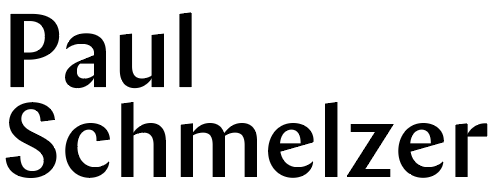“How the fuck does an indigenous people who descended from a magnificent history become labeled ‘illegal’ and ‘alien’ while remaining a part of their own sacred ancestral continent? And how in the hell did it become a reality that indigenous peoples of our western hemisphere would suffer the indignity of being called illegals and aliens for moving along the ancient migration and trade routes—as their ancestors have done since time immemorial?” In its 2017 contribution to the Walker Art Center’s Artist Op-Eds series, Postcommodity considered the year 2043, when whites in the United States are expected to become a statistical minority, to investigate issues around migration, “nativism,” indigeneity, and linguistics. To mark the collective’s return to the Twin Cities for an October 5 lecture as Public Art St. Paul’s 2019 Distinguished Artists, I commissioned its current members, Cristóbal Martínez and Kade Twist, to continue iterating around themes from their essay for Walker Reader. The result is a codex, a form of pictographic storytelling with roots in ancient Mayan and Aztec cultures, that investigates the Twin Cities’s past and present in terms of its relationship to migration, violence to the land, and Indigenous sovereignty. Its title, 44.8968° N, 93.1501° W, references the GPS coordinates of Bdote, a site of spiritual and historic significance to the Dakota people: the confluence of the Minnesota and Mississippi rivers, Bdote is at the center of the Dakota creation story and was the site of the mass internment of Dakota people following the US/Dakota War of 1862. The codex, shared for the first time on Walker Reader as a downloadable pdf, is accompanied by my interview with Twist and Martínez.
Detail of Postcommodity’s 44.8968° N, 93.1501° W

